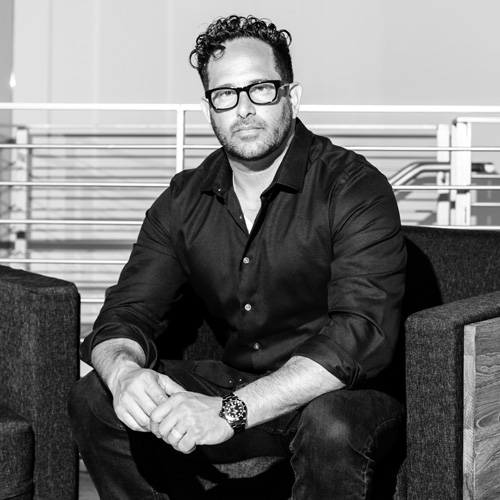Caring for children with complex medical conditions is a difficult job, but chief information officer Ken Kupetsky is deploying innovative technology in the attempt to make that work just a little easier. St. Mary’s Healthcare System for Children, a pediatric post-acute continuum of care, serves 2,000 kids in the New York metro area at its ninety-seven-bed inpatient hospital. Home healthcare services with various long- and short-term programs provide intensive rehabilitation, education, and specialized medical care.
Kupetsky joined St. Mary’s four years ago from another prestigious rehabilitation hospital in New York, where he led the facility to full implementation of the electronic medical record system reaching the Healthcare Information and Management Systems Society (HIMSS) Stage 6 designation in 2010. He then implemented the system at St. Mary’s, which took a little over a year.
Kupetsky brought a spirit of technological ingenuity to St. Mary’s, where children are often treated for months or years at a time as they rehabilitate and recover from traumatic brain injury, coma, congenital and chronic illness, and ongoing complications of premature birth, as well as learn to live with complicated diagnoses.
“For our special population of kids, when we have good technology in place it improves our care,” Kupetsky says. “It alerts our clinicians to any potential issues so they can respond quickly, and it also keeps our kids entertained and happy while they are here.”
When St. Mary’s built its new hospital a few years ago, Kupetsky made sure that everything was state of the art, a project that included hooking medical equipment to a wireless system throughout the hospital. Clinicians wear a hands-free Vocera badge that wirelessly connects to a patient’s medical equipment, which will notify them when there is a problem no matter where they are in the hospital. They can respond without hitting a button in a sterile environment. These “futuristic” devices allow clinicians to communicate and immediately share the patients’ status.
In St. Mary’s new pavilion, each child has a bedside touch screen from Lincor to watch TV, surf the Internet, and video chat with family members. Far more than just an entertainment console, the touch screen also enables doctors, nurses, and therapists to pull up electronic medical records for bedside charting or Skype with specialists. Parents can also use the screens to access educational modules to learn more about changing dressings, managing symptoms, or other parts of their child’s care.
Wireless technology from Masimo enables the children to remain virtually untethered to critical monitoring equipment while they go about their daily activities. “Kids at St. Mary’s are always on the go, whether in the playground or riding a tricycle down the hallway,” Kupetsky says. “The Masimo system monitors and shares the children’s respiratory signs with nursing without ever slowing them down.”
Many rehabilitation facilities are dealing with elderly people near the end of their life. “These kids are just at the beginning of their lives,” Kupetsky says. “While they are getting better and stronger, we are going to continue to let them be kids.” That includes having a New York City public school on site, where children can attend classes and still be near their nurses and doctors.
Electronic medical records are also helping to improve care for patients who receive services at home. “Technology makes scheduling visits easier,” Kupetsky says. “It lets parents document things while they are home, it gets billing out quicker, and makes communication better between the clinician, the family, and the entire medical team.”
Kupetsky is also working on a grant-funded pilot telehealth program for St. Mary’s home healthcare program that allows parents to answer specific questions from an interactive voice response system about their child’s clinical status. Any responses out of the norm will immediately alert a telehealth nurse for assistance. “There’s not always going to be a nurse in the house, 24-7, which is why this easy-to-use telephone system is so important for our families,” Kupetsky says, referring to parents who may be dealing with anything from children with frequent seizures to children with severe respiratory illness on ventilators. “The nurse is only a phone call away,” he adds.
The initial findings are promising, according to Kupetsky, who adds that this technology has enabled noticeable improvements in communication among clinicians, accelerated medical interventions, and a decline in hospitalizations.
In leading St. Mary’s into the next generation of technology, communication is key to life-changing results for these young patients, according to the chief information officer. “The better the communication is, the more informed people are,” Kupetsky says. “And the better they can make decisions.”















